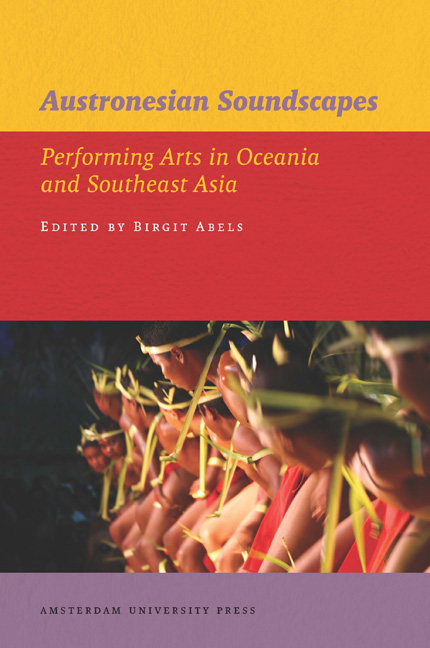6 - Tromba Children, Maresaka, and Postcolonial Malady in Madagascar
Published online by Cambridge University Press: 20 January 2021
Summary
[I]n ritual healing, discrete occurrences of imagery are endowed with the valence of performative force, and assume a specific efficacy in transforming other dimensions of the self … each image or sequence of images is a performative act that puts into play a particular rhetoric of therapeutic transformation, where what is transformed is the patient's orientation and engagement in the world (Csordas 1996).
Throughout Madagascar, Malagasy people engage performatively in ancestral reverence and spirit possession in a ceremonial practice known as tromba. Powerful ancestral spirits, often those of royalty that ruled much of Madagascar prior to French colonial control (officially from 1896 to 1960) are recalled into the present in tromba ceremony, to take human form and to interact with the living. Royal ancestral tromba spirits are coaxed, appeased, even cajoled – in large part musically – into the present, most immediately to heal illness, though they are also called upon for their capacities to resolve disputes, offer advice, alleviate daily problems, and otherwise empower the present. This chapter addresses the significance – musical and other – of appearances at tromba ceremonies of distinctive tromba spirits, ones that become embodiments of the children of Malagasy royal ancestors. In tromba spirit possession, Malagasy people construct or awaken a flexible, fluid, combinative, and musical self, inevitably to heal illness, to recreate and affirm social order and familial bonds, as well as to redress varied social and other inequities, both past and present. In addition to being a devotional practice, tromba spirit possession ceremony is an active, expressive and interpretive event in which Malagasy comment dramatically upon, empower, even alter their place in the world, both past and present.
A tromba ceremony typically begins with a musical benediction performed most often either on diatonic button accordion (introduced into Madagascar by Europeans in the latter part of the 19th century) or on valiha (see fig. 6.1 ), a term that designates a family of diatonically tuned, stringed instruments used throughout Madagascar. This instrument's body is commonly made from bamboo, roofing sheet metal, or pine planks, depending upon the acoustical properties desired by members of specific groups of Malagasy people. The bamboo valiha is tubular while the sheet metal and pine versions are rectangular, each approximately 4 feet in length.
- Type
- Chapter
- Information
- Austronesian SoundscapesPerforming Arts in Oceania and Southeast Asia, pp. 135 - 152Publisher: Amsterdam University PressPrint publication year: 2012



